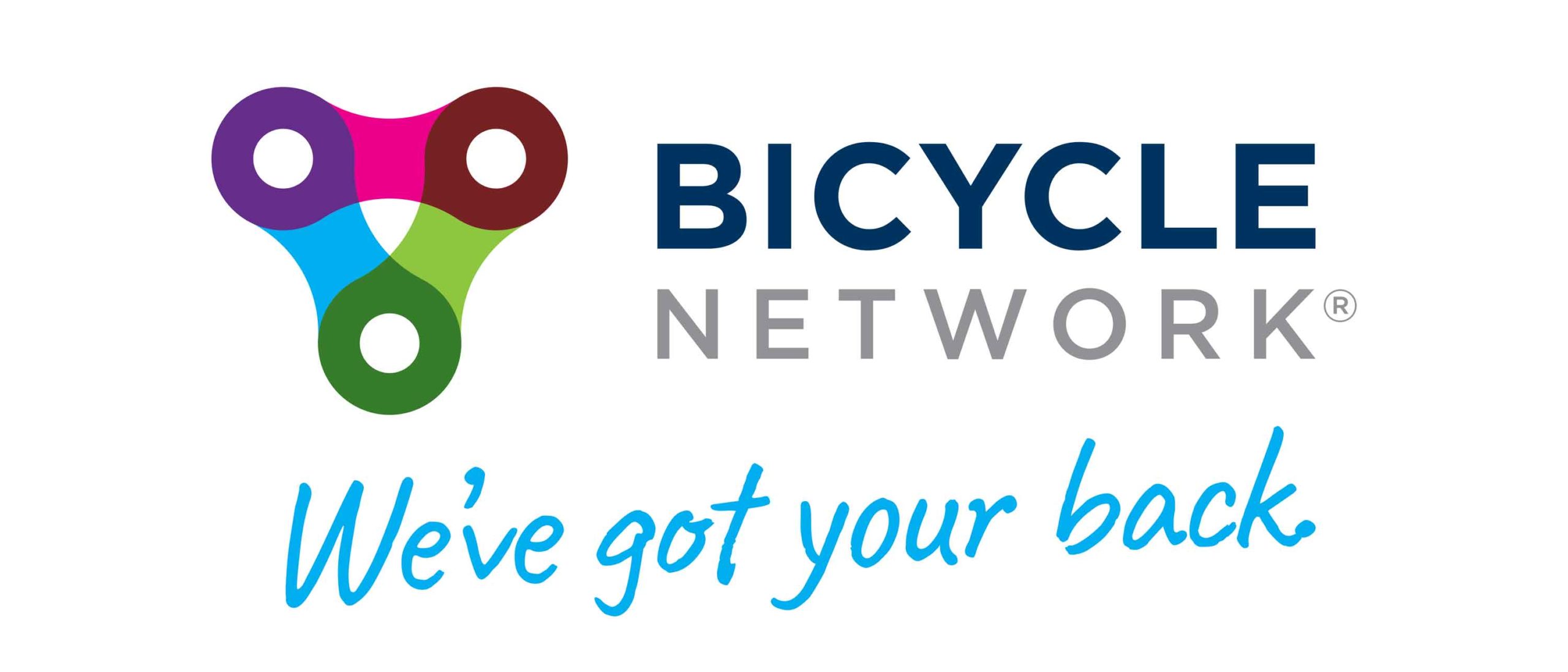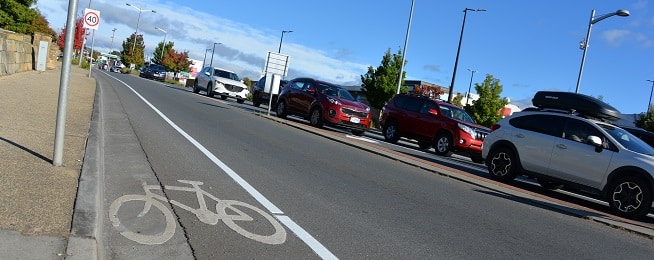Tasmania’s Road Safety Advisory Council has released a consultation paper on speed management weeks after a road safety conference in Hobart revealed that the national road toll was on the way up.
Speed is a major cause of road crashes and increases their severity.
Speeding drivers take longer to stop when braking suddenly and the higher the speed, the more serious the outcome for people walking and riding, the paper says.
It states that when a driver crashes into a person walking or riding at 30km/h there’s a 13% chance of death or serious injury, at 65km/h that jumps to 73%.
With more than 30 people dying and 300 seriously injured in road crashes every year in Tasmania, the strategy acknowledges we need to do more to ensure speed is managed.
The Speed Management Strategy Consultation Paper highlights the main problems we face – roads that were not designed for safety, speed limits that are too high for the safety standard of roads, and vehicles that can travel much faster than the speed limits.

Another major issue for speed management is poor community understanding of its dangers. The council has surveyed Tasmanians on attitudes to speed and found that 40% to 44% of respondents thought speeding was OK if they knew the road, were running late, or the speed limit was 100km/h or more. Only one in four thought speed was a cause of serious crashes.
Experts advise that lowering the speed limit by 10km/h across the entire road network would be the most cost-effective action to reduce deaths and injuries.
The government is not permitting a change to default speeds via this strategy – 50km/h in urban areas, 80km/h on unsealed, rural roads and 100km/h on sealed rural roads – but there is the opportunity to introduce re-assessment of individual roads so speed limits better match conditions.
What’s planned
The paper proposes five actions to reduce the risk of death and injury from speeding, which are supported by research and experience of other jurisdictions:
- Road and roadside infrastructure that supports safe vehicle speeds – prioritising safety for all road users in any infrastructure project, including people walking and riding.
- Speed limits that reduce risk and are aligned with the safety level of the network – this includes trialing safer speeds in some areas with high pedestrian and bike riding movements and identifying roads where the speed limit does not match the safety standard.
- Enforcement of speed limits to encourage safe road user behaviour – this includes on-the-ground policing as well as automated speed cameras, targeting high risk locations for crashes.
- Measures to positively influence community attitudes regarding vehicle speed – building on community campaigns to educate drivers about the effects of speeding, its role in serious crashes and regular engagement with the community to understand attitudes.
- Vehicle technology that supports safe travel speeds – promoting particular vehicle features that increase safety.
To read the full strategy and comment on the principles, actions and measurable outcomes before 10am on Thursday 21 November, visit https://engage.stategrowth.tas.gov.au/speed-management-strategy
Or become our friend and subscribe to receive our fortnightly newsletter.


